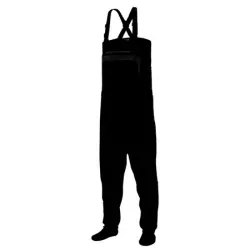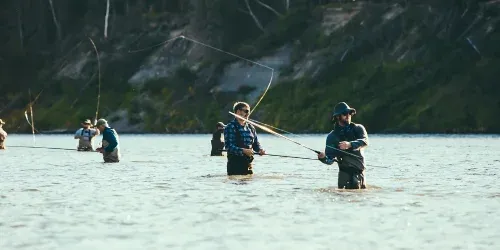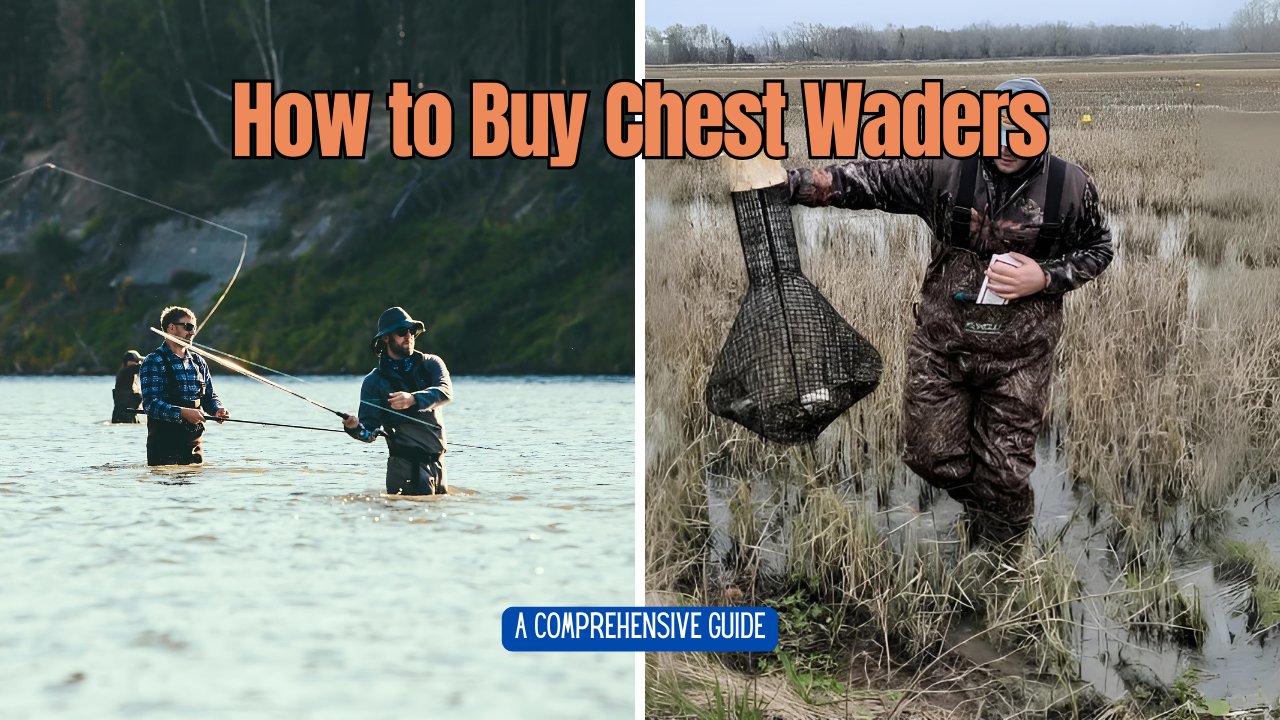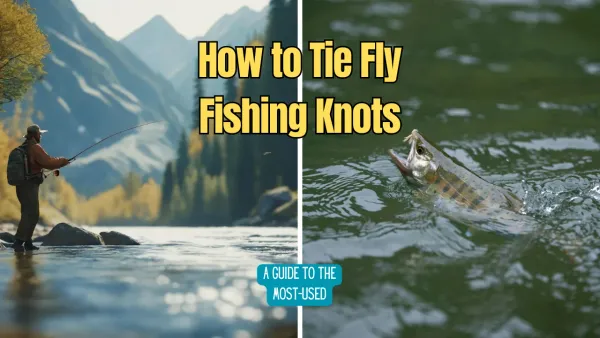Chest waders are an essential piece of gear for anglers, hunters, and outdoor enthusiasts. Knowing how to hang chest waders correctly can make a significant difference in their longevity and performance. This guide will walk you through the best practices for hanging and storing your waders, ensuring they remain in top condition for your next adventure.
Key Takeaways:
- Properly hanging chest waders extends their lifespan and maintains their functionality.
- Using the right tools like boot hangers and shoulder straps ensures effective storage.
- Avoid common mistakes such as hanging waders upside down or in direct sunlight.


Why Proper Storage Matters
Proper storage of chest waders is crucial for maintaining their integrity and functionality. When you hang waders correctly, you prevent moisture buildup, which can lead to mold and mildew. Additionally, proper storage helps avoid unnecessary wear and tear on the material, especially around the seams and neoprene feet.
Using boot hangers and shoulder straps can make a world of difference. These tools help distribute the weight evenly, preventing any part of the waders from stretching or becoming misshapen. By investing a little time in proper storage, you can save money in the long run by avoiding premature replacements.
Tools You Need
To hang chest waders effectively, you'll need a few essential tools. Boot hangers are designed to hold the waders by the boots, allowing air to circulate and dry them thoroughly. Shoulder straps can be used to hang the waders by the shoulders, ensuring they remain upright and maintain their shape.
A sturdy clothes hanger can also be useful, especially for lightweight waders. Make sure the hanger is strong enough to support the weight of the waders without bending. Additionally, having a dedicated space in your garage or storage area where you can hang your waders will make the process more convenient.
Step-by-Step Guide to Hanging Chest Waders
- Clean Your Waders: Before hanging, ensure your waders are clean. Wash them with fresh water to remove any dirt, sweat, or fish residue. Pay special attention to the neoprene feet and seams, as these areas are prone to accumulating grime.
- Dry Thoroughly: After washing, let your waders air dry. Avoid direct sunlight, as UV rays can damage the material. Instead, hang them in a well-ventilated area. If you're in a hurry, you can use a fan to speed up the drying process.
- Use Boot Hangers: Once dry, use boot hangers to hang your waders by the boots. This method allows air to circulate inside the waders, preventing moisture buildup. Ensure the boots are aligned properly to avoid any stress on the seams.
- Utilize Shoulder Straps: Alternatively, you can use shoulder straps to hang your waders by the shoulders. This method is particularly useful for stocking foot waders, as it helps maintain their shape and prevents the neoprene feet from rolling or creasing.
Common Mistakes to Avoid
One common mistake is hanging waders upside down. This can cause water to pool in the boots, leading to mold and mildew. Always hang your waders right side up to ensure proper drainage and airflow.
Another bad idea is storing waders in a rolled or folded position. This can create creases and weaken the material over time. Instead, hang your waders in a way that allows them to remain fully extended and free of any folds or wrinkles.
Storing Waders in Different Environments
If you store your waders in a garage, make sure the area is dry and well-ventilated. Humidity can cause moisture buildup, which can damage the material. Consider using a dehumidifier if your garage tends to be damp.
For those who store waders in a car, be cautious of temperature fluctuations. Extreme heat can cause the material to degrade, while cold temperatures can make it stiff and brittle. It's best to store waders in a climate-controlled environment whenever possible.
Tips from the Community
Engaging with a forum community dedicated to fishing or outdoor activities can provide valuable insights. Top contributors often share their experiences and tips on how to hang chest waders effectively. For instance, one user in an older thread suggested using a wood clothes hanger with shoulder straps to distribute the weight evenly.
Another user in a new thread recommended hanging waders in a well-ventilated area to prevent moisture buildup. These forums are a treasure trove of practical advice and can help you avoid common pitfalls.
Case Study: Avid Angler's Experience
John, an avid trout fisherman, used to store his waders rolled up in his garage. Over time, he noticed the seams were starting to stick, and the neoprene feet were developing creases. After seeking advice from a forum community, he switched to using boot hangers and shoulder straps.
John now hangs his waders in a well-ventilated area, and the difference is night and day. His waders dry faster, maintain their shape, and have a longer lifespan. This simple change in storage method has saved him money and improved his fishing experience.

Summary
Properly hanging chest waders is essential for maintaining their longevity and functionality. By using tools like boot hangers and shoulder straps, you can ensure your waders dry thoroughly and remain in good condition. Avoid common mistakes such as hanging waders upside down or storing them in a rolled position. Engaging with a forum community can provide valuable tips and insights from experienced users.

FAQs
How often should I clean my chest waders?
It's advisable to clean your chest waders after each use, especially if you've been fishing in saltwater or muddy conditions. Regular cleaning prevents the buildup of dirt and grime, which can damage the material over time.
Can I hang my waders in direct sunlight to dry?
No, it's best to avoid direct sunlight as UV rays can degrade the material. Instead, hang your waders in a well-ventilated area away from direct sunlight.
What should I do if my waders develop a leak?
If your waders develop a leak, you can use a wader repair kit to patch the hole. Make sure to follow the instructions carefully and allow the patch to dry completely before using the waders again. Engaging with a forum community can also provide additional repair tips and advice.
Related articles:











